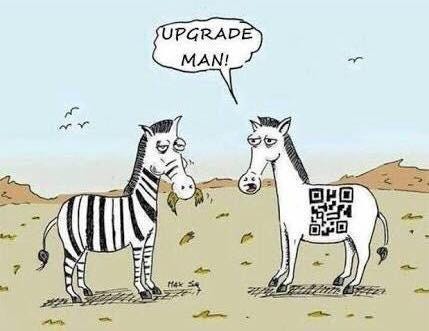Micro-credentials awarded for in-demand skills give employers deeper detail about a student’s abilities.
Matt Zalaznick. June 7, 2017
While employers increasingly demand that new hires have college degrees, the transcripts supporting those hard-earned credentials are no longer the most informative tool students have to exhibit their skills.
An estimated 1 in 5 institutions issue digital badges, which can be posted to social media, stored on digital portfolios and displayed by other specially designed platforms. When clicked on, the badge lists a range of skills a student has demonstrated beyond grades.
“The reason they’re taking off in higher education is most employers are not getting the information they need about people emerging from higher ed, with previous tools we’ve been using,” says Jonathan Finkelstein, founder and CEO of the widely used badging platform Credly. “The degree itself doesn’t get to level of describing particular competencies.”
For instance, a Notre Dame student who goes on a trip to Ecuador to build bridges can earn a badge for mastering the calculations involved in the construction, says G. Alex Ambrose, associate program director of e-portfolio assessment at the Indiana university’s Kaneb Center for Teaching & Learning.
Students can be pretty certain when they have passed calculus or creative writing, but they don’t always recognize when they’ve excelled in demonstrating soft skills such as critical thinking, communication and work ethic, says MJ Bishop, director of the system’s William E. Kirwan Center for Academic Innovation.
Badges have been most popular in the school of education—including with student teachers who, in turn, have created badges for the elementary and secondary classrooms where they’ve apprenticed, says Anna Catterson, the university’s educational technology director.
The campus library is another badging hotspot. Students there have earned microcredentials for research, 3D printing and other skills. These badges are being shared on LinkedIn and other platforms to obtain internships and scholarships.
The university runs faculty training sessions on badging and has established a review process for when faculty submit ideas for microcredentials.
One pothole to avoid is trying to create a schoolwide badge that’s standardized across a wide range of courses or majors. This can force the involvement of committees that can bog down the process, so it’s better to start with skills within single courses, says Ambrose at Notre Dame.
When creating a badge, system faculty have to identify a business or industry interested in that credential.
Badges that have the backing of a college or university are more impressive to job recruiters than are completion certificates from skill-building websites like Lynda.com.
Students won’t be motivated to earn a badge that’s a stock blue ribbon downloaded off the internet. Many institutions put a lot work into the design, and this can include harnessing expertise from the marketing department and graphic designers
+++++++++++
more on micro-credentialing in this IMS blog
https://blog.stcloudstate.edu/ims?s=microcredentialing
